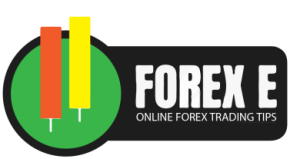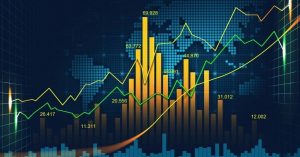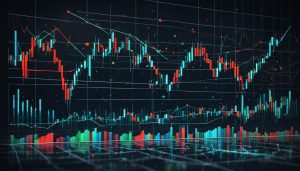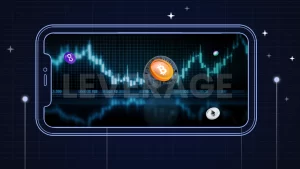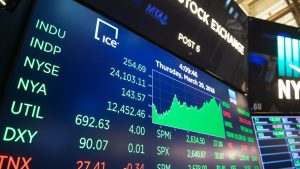Understanding Basic Terminology Regarding FOREX
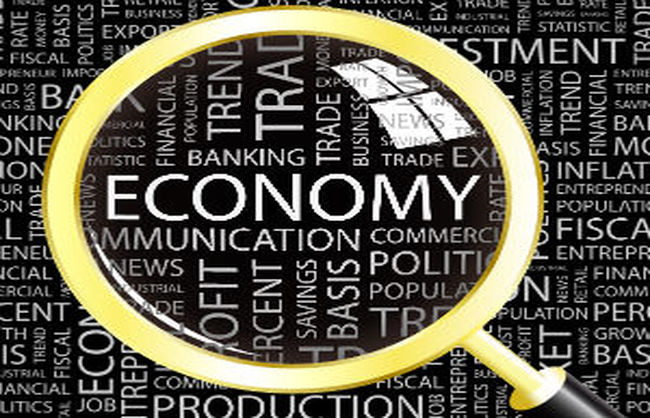
If you want to get started with FOREX trading then you will obviously need to understand the nuts and bolts of the market, the impacts, and how to calculate and process your trades. Something else which is vital to learn about before you dive into the world of foreign currency trading, is the terminology which is used in this industry. In order to help you get your head around these new words, here is a guide to some of the basic terminology which you’re likely to see.
CFD
If you have seen the term CFD when searching for forms of trading, this refers to Contract for Difference, and it is a form of derivative trading. This is a tax efficient trading option which allows you to speculate on the rising and falling prices of different currencies. Software like the MT4 Platform attracts many FOREX traders looking to take advantage of this high speed and low risk form of trading, and there are many benefits which all types of traders can enjoy.
Spread
The spread is the word that is used to refer to the difference between the bid price and the ask price. The ‘ask’ refers to the buy order, and the ‘bid’ refers to the sell order. To understand this better, let’s use and example:
If the EUR/USD quote is 1.230/03 the spread on this trade i.e. the difference between the ask and the bid, is the difference between 1.230 and 1.2303 which as you can see is 0.003, or 3 pips as it is referred to in FOREX.
Exchange Rate
The exchange rate is very simple terminology for the cost of one currency versus another. For example if GBP to EUR is 1.140, this means that each pound is worth 1.140 Euros.
Cross Rate
In basic terms, the cross rate is the currency rate between two different currencies, which is described using a 3rd currency in order to explain it better to local traders. for example if the exchange rate between the Japanese Yen and the US Dollar is being described in a British financial newspaper, it would be quoted in GBP for ease of understanding, this is considered a cross rate.
Margin
The margin is important for traders to understand as this is what will dictate how much you can open up your position on the market. The margin falls into 2 categories, free and used, a free margin means the amount which you have available to open up new positions and used is the amount of your margin which is taken up to maintain your position. Usually traders will have a margin balance of around $1000, with a requirement of 1% margin in order to open up a position. What this means is that with a $1,000, you can leverage your account to buy or sell a position, up to $100,000. If your account falls below the required margin, you will receive a margin call which means you must invest more cash, or close your position.
Leverage
The aforementioned leverage refers to the amount by which you can increase your market position, in relation to the total margin of your account. Using the example above, if you have a $1,000 margin in your account, and you open up a $150,000 position, your leverage will be 150:1 of your margin. Leveraging is used to greatly magnify both gains and losses, and works based on a loan system from the broker to the trader, in order to take up stronger positions in the market.
There is much terminology that you will come across in this industry, but these are the basics which all traders must know.
